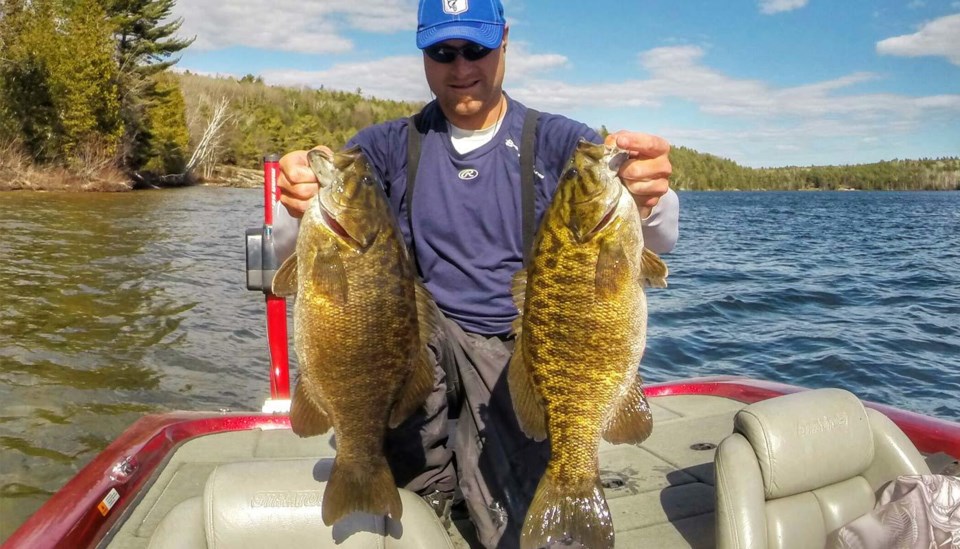Being a bass angler in the Algoma region definitely has its perks. It isn't just the fact that bass don't really get a lot of pressure around here and there really isn't a lot of us out there compared to the southern regions of Ontario.
It's the fact that since 2014, we here in Zone 10 have the opportunity to fish largemouth and smallmouth bass year-round. In the past, we could only start targeting these fish starting the fourth Saturday in June.
With that being said, soon after the ice melts and it’s nice enough to haul a boat on the roads and safe enough to put the boat in the water is one of the best times to be catching big numbers of these big brown bass.
In our natural lakes, you will find that a lot of smallmouth like to school up together after ice out just like they do before winter. There are times that you'll be able to find them still on their wintering grounds after ice out.
Look at depths as shallow as 15 feet and as deep as 40 feet. Areas to focus on would be offshore humps, off the edge of shoals and at the end of nice tapering deep points running onto big flat areas.
But we also have to take look at places where the ice first melts and that's shorelines, specifically rocky shorelines, where deep water is nearby. A lot of smallmouth venture from their wintering holes straight to the bank and thus the warmer waters to warm up on the rocky shorelines as they tend to retain the most heat.
Look to shorelines that have a good stretch of rock along it as well as the rock continuing down into the water. Steeper banks are usually what you want to look for.
- Kevin King
